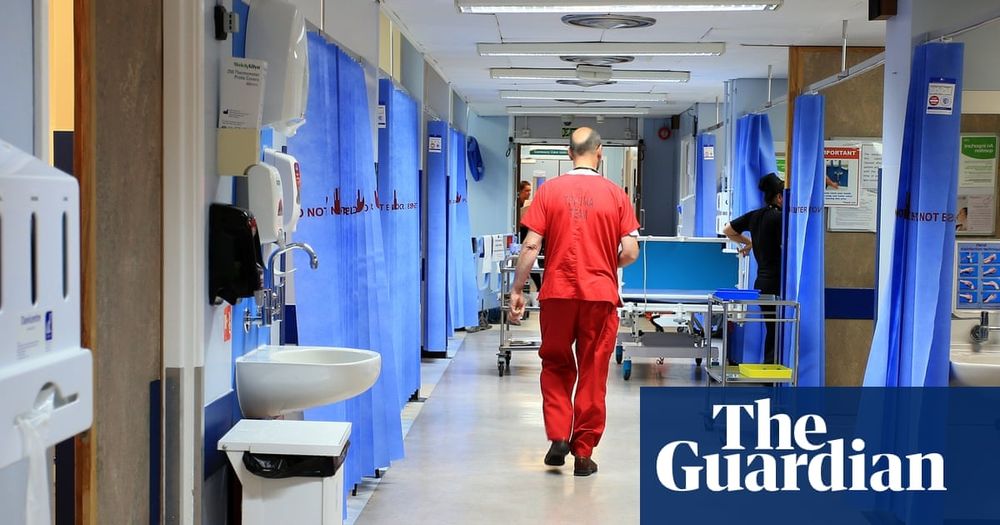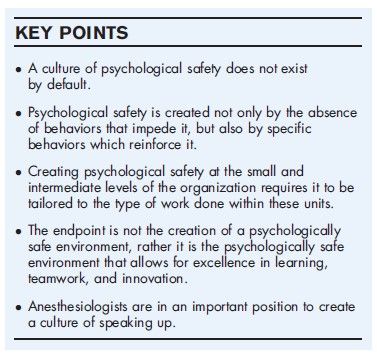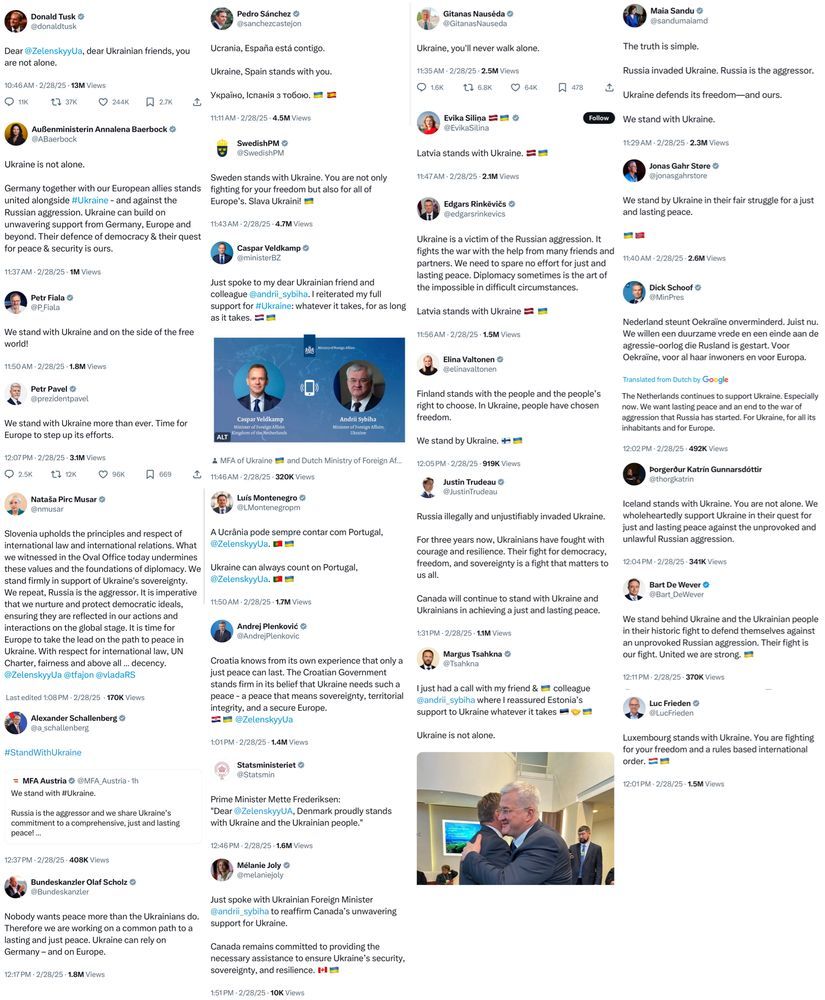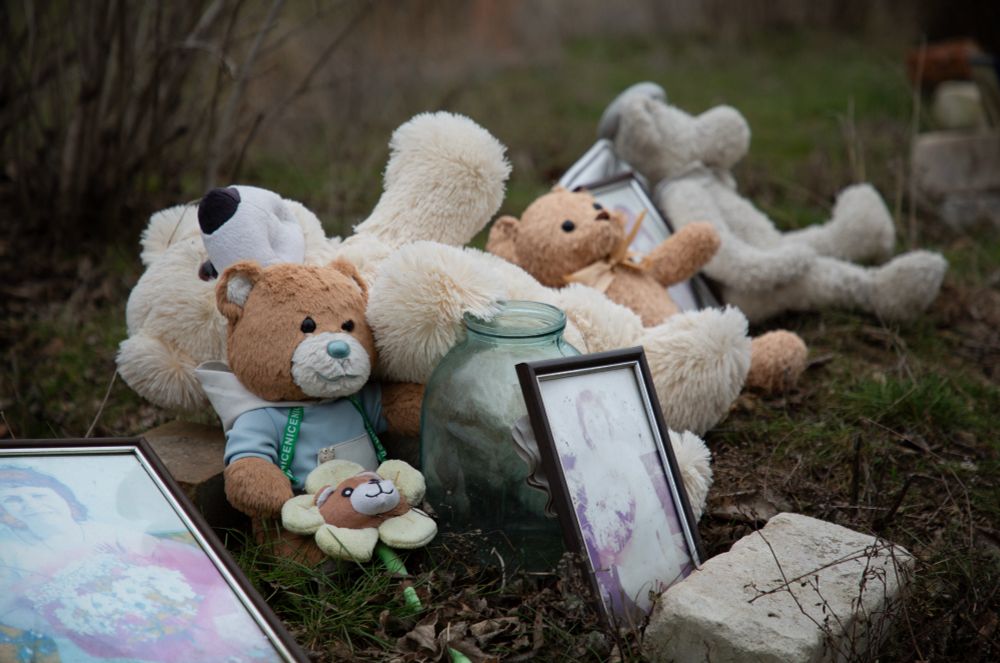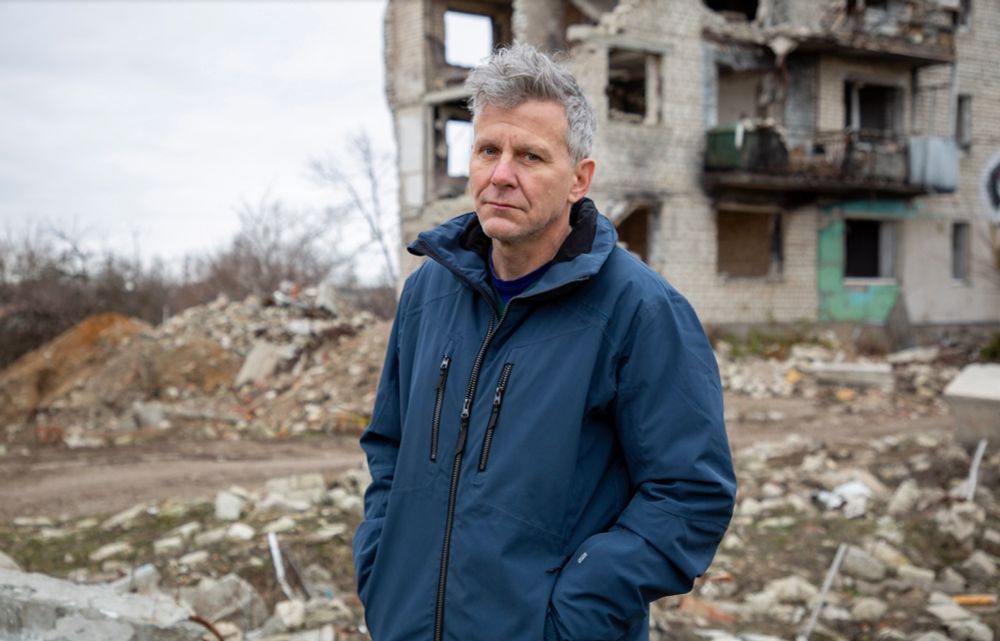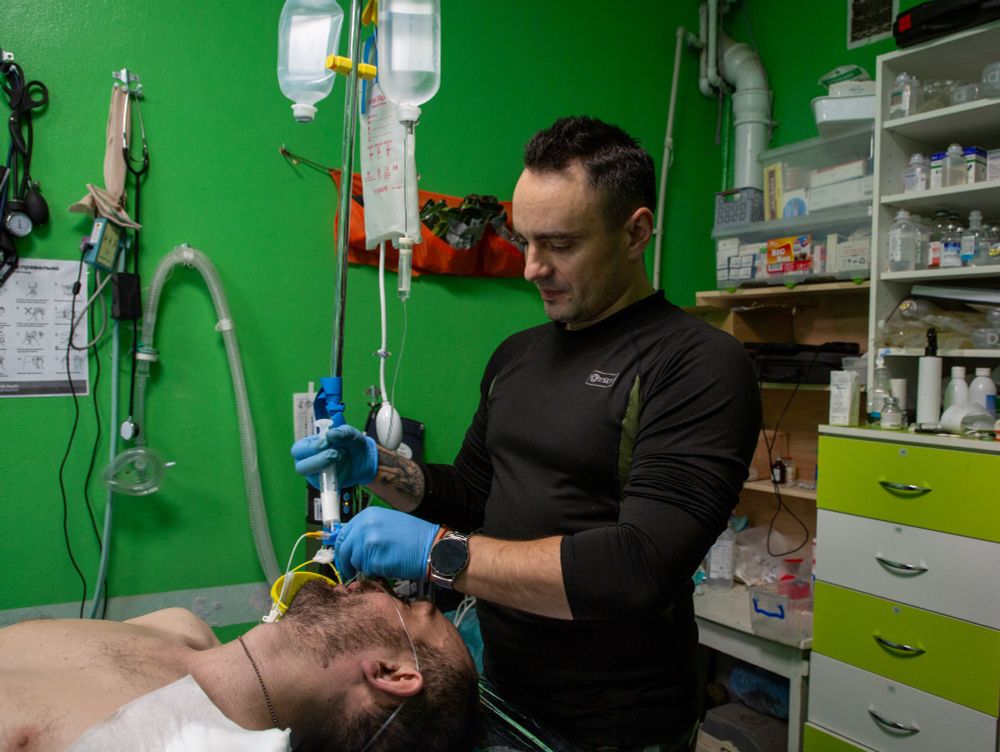Suzette Woodward
@suzettew.bsky.social
1.3K followers
550 following
51 posts
🦋 Professor #ptsafety expert for over 25 years and 45 in #NHS - author of 3 books so far! Still learning 🤗. Patient Safety Now - on sale - contact and blog via suzettewoodward.org
#safetysky #hfesky
Posts
Media
Videos
Starter Packs
Suzette Woodward
@suzettew.bsky.social
· Aug 28
The future of patient safety
In July, the review of patient safety by Dr Penny Dash was published. This was followed by an acceptance of all the recommendations made in the review by the government. Up until then I had not been party to what the findings had been or the recommendations so was somewhat surprised when I read it. I wrote a blog about the review, in the anticipation that it would be one of many commentaries on the subject, especially from the…
suzettewoodward.org
Suzette Woodward
@suzettew.bsky.social
· Jul 21
Opinion piece: Patient Safety Review by Dr Penny Dash
I read the review of patient safety by Dr Penny Dash . You can find it here: I made six pages of notes as I read it and have a few comments as you can imagine. I think the best thing for me to do at this stage is provide some high level key messages from my perspective. I will try to restrict myself to ten of them, I mean who wants six pages!
suzettewoodward.org
Reposted by Suzette Woodward
Reposted by Suzette Woodward
Suzette Woodward
@suzettew.bsky.social
· Apr 30
Safety II – a different interpretation of what it means to be safe
In reality we do not know what the true quantitive level of safety is. We dont know for sure how many things are going wrong and we definitely dont know how many things go right. I would argue we may never know. We cannot capture everything - that would be impossible. What we do capture is biased in that it is often the easy to see, and the easy to report incidents.
suzettewoodward.org
Suzette Woodward
@suzettew.bsky.social
· Apr 30
Safety II – a different interpretation of what it means to be safe
In reality we do not know what the true quantitive level of safety is. We dont know for sure how many things are going wrong and we definitely dont know how many things go right. I would argue we may never know. We cannot capture everything - that would be impossible. What we do capture is biased in that it is often the easy to see, and the easy to report incidents.
suzettewoodward.org
Suzette Woodward
@suzettew.bsky.social
· Apr 11
Decades of learning
Following on from my blog titled "an organisation with a memory' it is worth us dipping in to things we have tried over the years. There are a number of tools and techniques that are used in the safety-I approach. These include, Heinrich’s triangle, the swiss cheese model, ‘5 whys’ and root cause analysis. Heinrich’s triangle Heinrich’s triangle – which states that likelihood of a fatality rises in line with the number of incidents – I am told has no basis in fact or research.
suzettewoodward.org
Reposted by Suzette Woodward
Reposted by Suzette Woodward
Suzette Woodward
@suzettew.bsky.social
· Mar 28
Automaticity
Systems of thinking relates our approach to risk and decision making (Kahneman 2011). It is argued that there are two systems of thinking that people are engaged in through the course of their daily activities. System 1 - automatic, intuitive, effortless, nonanalytic System 2 - effortful, analytic, creative, deliberative Automatic thought processes come into play when we are driving a familiar route.
suzettewoodward.org
Suzette Woodward
@suzettew.bsky.social
· Mar 21
Teams
The way people work together is central to the safety of healthcare. Behaviours of individuals at all levels can play a role in the lead up to incidents or in the prevention of incidents. Teams are people who are used to working with one another, often the same people. This is increasingly rare in healthcare where teams come together for a short period of time and then disperse.
suzettewoodward.org
Reposted by Suzette Woodward
Suzette Woodward
@suzettew.bsky.social
· Mar 14
Personalisation
When we fail, we do three things: Personalisation – we think it is all our fault Pervasiveness – we think it is going to affect every bit of our lives Permanence – we think we are going to feel this bad forever In 2016 I came across a radio interview with Bob Ebeling. Bob was one of the engineers working on the shuttle Challenger 30 years ago – since the radio interview Bob has since died.
suzettewoodward.org
Reposted by Suzette Woodward
Suzette Woodward
@suzettew.bsky.social
· Feb 28
Workarounds – good or bad?
One of the ways we try to maintain safety in our everyday work is to do a workaround. Workarounds in healthcare are common, sometimes planned, sometimes not, but in the vast majority of occasions well meaning. Often a workaround is a method for overcoming a problem or limitation in a way of working. A workaround is where individuals deviate from the prescribed work, often for genuine reasons.
suzettewoodward.org
Reposted by Suzette Woodward
Dr Rachel Clarke
@drrachelclarke.com
· Feb 22
Reposted by Suzette Woodward
Reposted by Suzette Woodward
Reposted by Suzette Woodward
Reposted by Suzette Woodward


